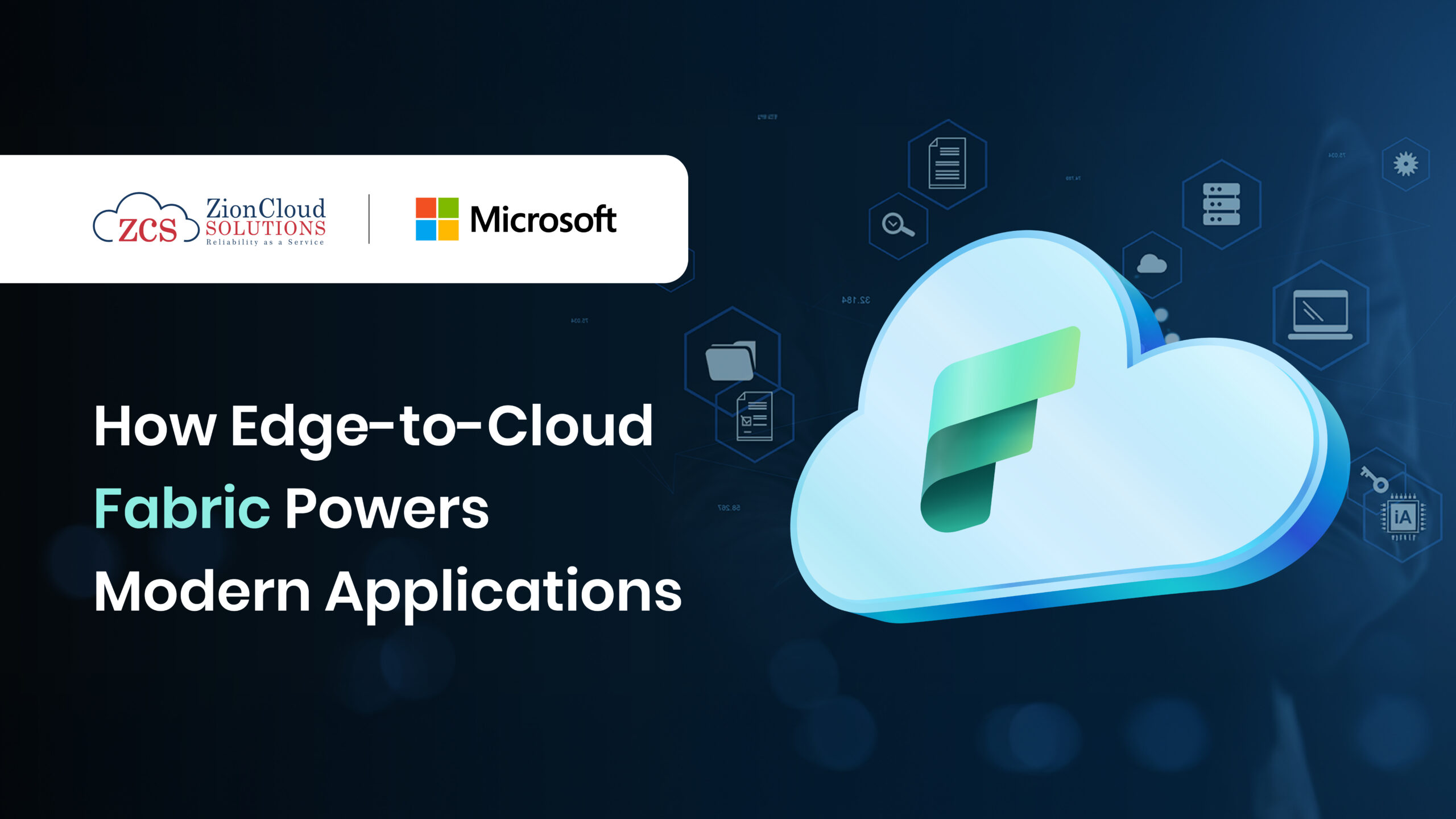Optimizing Cloud Spending: Uncovering Hidden Costs and the Critical Role of FinOps
Aug 27, 2024 11:03 AM
As cloud adoption accelerates, organizations benefit from scalability, flexibility, and innovation. However, these advantages come with hidden costs that can erode profitability. Worldwide spending on public cloud services is forecast to reach $805 billion in 2024 and double in size by 2028, according to the latest update to the International Data Corporation1 (IDC) Worldwide Software and Public Cloud Services Spending Guide. Organizations must adopt a FinOps (Financial Operations) framework to uncover and address these inefficiencies, driving cost optimization and enhancing financial accountability.
Understanding Hidden Costs of Cloud
Cloud offers immense potential, but hidden costs—like data egress charges, over-provisioned resources, and shadow IT—can lead to significant overspending. For example, data egress fees can escalate quickly, particularly when transferring large datasets or migrating data between providers. Many organizations over-provision resources, leading to underutilized capacity and wasted spending. A Flexera2 report highlights that 30% of cloud spend is wasted, with many companies lacking visibility into their cloud expenses.
Tactical Actions:
- Data Egress Optimization: Use compression and caching techniques to reduce the volume of data transferred out of the cloud. Analyze egress patterns to identify and minimize unnecessary transfers.
- Shadow IT Control: Implement cloud access management tools like AWS Identity and Access Management (IAM) to monitor and control cloud services used across the organization, reducing redundant subscriptions and improving security.
The FinOps Framework: A Strategic Approach
FinOps is more than just cost-cutting; it’s about aligning cloud spending with business objectives. By fostering collaboration between finance, IT, and business teams, FinOps drives accountability, optimizes resource utilization, and ensures governance.
By fostering collaboration among finance, IT, and business teams, FinOps creates a culture of shared responsibility for cloud costs. This collaborative approach enables organizations to make informed decisions about cloud investments, avoid unnecessary expenditures, and maximize the return on their cloud investments.
- Cost Optimization
Cost optimization is central to FinOps. Regularly analyzing cloud expenditures and optimizing resource allocation can drastically reduce waste. Implement rightsizing practices and automate resource allocation to prevent over-provisioning. For instance, using AWS Auto Scaling to adjust instance sizes based on demand can lead to cost savings of up to 40%.
Tactical Action: Use AWS Compute Optimizer to receive recommendations on the optimal instance types and sizes for your workloads. Set up a Lambda function to automate stopping underutilized instances:
python
import boto3
def lambda_handler(event, context):
ec2 = boto3.client('ec2', region_name='us-west-2')
instances = ec2.describe_instances(
Filters=[{'Name': 'instance-state-name', 'Values': ['running']}]
)
for reservation in instances['Reservations']:
for instance in reservation['Instances']:
instance_id = instance['InstanceId']
cpu_util = ec2.get_metric_data(
MetricDataQueries=[
{
'Id': 'cpu1',
'MetricStat': {
'Metric': {
'Namespace': 'AWS/EC2',
'MetricName': 'CPUUtilization',
'Dimensions':
[{'Name': 'InstanceId', 'Value': instance_id}]
},
'Period': 300,
'Stat': 'Average'
}
}
],
StartTime=(datetime.datetime.now() - datetime.timedelta(minutes=30))
.strftime('%Y-%m-%dT%H:%M:%SZ'),
EndTime=datetime.datetime.now().strftime('%Y-%m-%dT%H:%M:%SZ')
)
if cpu_util['Datapoints'][0]['Average'] < 5.0:
ec2.stop_instances(InstanceIds=[instance_id])
print(f'Stopped instance: {instance_id} due to low CPU utilization')
- Right-Size Your Resources with AI-Driven Optimization
AI-driven optimization tools like Densify use machine learning algorithms to analyze cloud usage patterns and recommend optimal resource configurations. By right-sizing cloud resources based on actual demand, organizations can reduce costs by 20-50%.
Example: A retail giant used Densify to optimize its cloud infrastructure, achieving a 30% reduction in cloud spending while improving performance during peak shopping seasons.
Tactical Action: Leverage AWS Compute Optimizer with the following CLI command to get right-sizing recommendations:
aws compute-optimizer get-recommendation-summaries
- Enhancing Financial Accountability
Tracking expenses in multi-cloud environments can be complex. FinOps establishes clear cost allocation policies, enabling organizations to attribute cloud expenses accurately across departments. This ensures financial accountability and helps business units understand and manage their cloud usage more effectively.
Tactical Action: Use AWS Tags to categorize cloud resources by department, project, or business unit. Implement a tagging policy and use AWS Config to enforce it.
- Effective Budget Management
Budget overruns disrupt financial planning and strain resources. FinOps enables proactive budget management by setting and monitoring cloud budgets aligned with business goals. Use tools like AWS Budgets to set spending thresholds and alerts, ensuring that cloud costs remain within limits.
Tactical Action: Set up AWS Budgets to track spending and create alerts for when usage exceeds predefined limits:
# Create a budget alert with AWS CLI
aws budgets create-budget \
–account-id 123456789012 \
–budget-name “Monthly Cloud Budget” \
–budget-type “COST” \
–time-unit “MONTHLY” \
–budget-limit Amount=5000,Unit=USD \
–notification-with-subscribers Notification={NotificationType=”ACTUAL”,ComparisonOperator=”GREATER_THAN”,
Real-World Impact: Spotify’s Cloud Cost Overhaul
Spotify3 encountered significant cloud cost challenges due to over-provisioned resources and lack of visibility. By adopting a FinOps-driven approach, including the better utilization of Reserved Instances and automated scaling, Spotify reduced its annual cloud spending by 25%, saving over $7 million (source).
Continuous Monitoring and Optimization
Continuous monitoring and optimization are key to reducing underutilized resources and eliminating waste. Leveraging AI-driven tools for predictive analytics can refine resource management and reduce waste by up to 50%.
Tactical Action: Use AWS CloudWatch to monitor resource utilization in real-time and set up alerts for anomalies, such as spikes in usage or sudden drops in utilization.
How Zion Cloud Solutions Can Help
At Zion Cloud Solutions, we specialize in helping organizations navigate the complexities of cloud cost management. Our approach is data-driven, leveraging the latest AI tools and FinOps practices to deliver measurable results.
- Cloud Cost Assessment: We perform a comprehensive analysis of your cloud environment, identifying inefficiencies and potential savings opportunities. Our assessments have helped clients save an average of 30% on their annual cloud spend.
- Custom Optimization Strategies: We design tailored strategies that include advanced resource management, automation, and multi-cloud optimization. Our solutions have been proven to reduce costs while maintaining or improving performance.
- Ongoing Monitoring and Optimization: Our continuous monitoring services ensure that your cloud spending remains optimized as your business grows. We use AI-driven tools to predict future needs and adjust resources, accordingly, preventing overspending.
The Bottom Line
Cloud spending is a substantial investment, but it doesn’t have to be a financial drain. Adopting a robust FinOps approach enables organizations to regain control over cloud finances, optimize spending, and align with business objectives. As cloud resources become increasingly critical for innovation and growth, embracing FinOps is not just a best practice—it’s a financial imperative.
By uncovering hidden costs, leveraging automation, and fostering collaboration, businesses can mitigate waste, achieve financial accountability, and ensure compliance, ultimately driving greater success in the cloud-first world.
If you are ready to take control of your cloud spending and maximize the value of your cloud investments, Zion Cloud Solutions is here to help. Our expert team will guide you through a comprehensive cloud cost assessment, custom optimization strategies, and ongoing monitoring to ensure your cloud environment is both efficient and ready for the future.
Reach out to us at sales@zionclouds.com to start your journey towards optimized cloud costs and sustained growth.
Key Sources
- IDC: Worldwide Spending on Public Cloud Services is Forecast to Double Between 2024 and 2028, According to New IDC Spending Guide
- Flexera 2024 State of the Cloud Report: https://resources.flexera.com/web/pdf/report-state-of-the-cloud-2024.pdf
- Spotify Case Study: Data Center Knowledge: https://www.datacenterknowledge.com/cloud/spotify-puts-aws-work-complex-system-architecture
Related Blogs
Explore More
How Edge-to-Cloud Fabric Powers Modern Applications
Modern applications no longer sit quietly inside a single data center or depend entirely on the cloud. They live across…

OneLake Intelligence: The New Operating System for Enterprise Data
Every organization today is drowning in storage accounts, warehouses, lakes, pipelines, and layers of integration work that nobody fully controls…

How Gemini Gets Its Enterprise Body and a Digital Bulletproof Vest
Stop the presses. We need to talk about the AI workflow you’re building right now. If you’re like most of…

